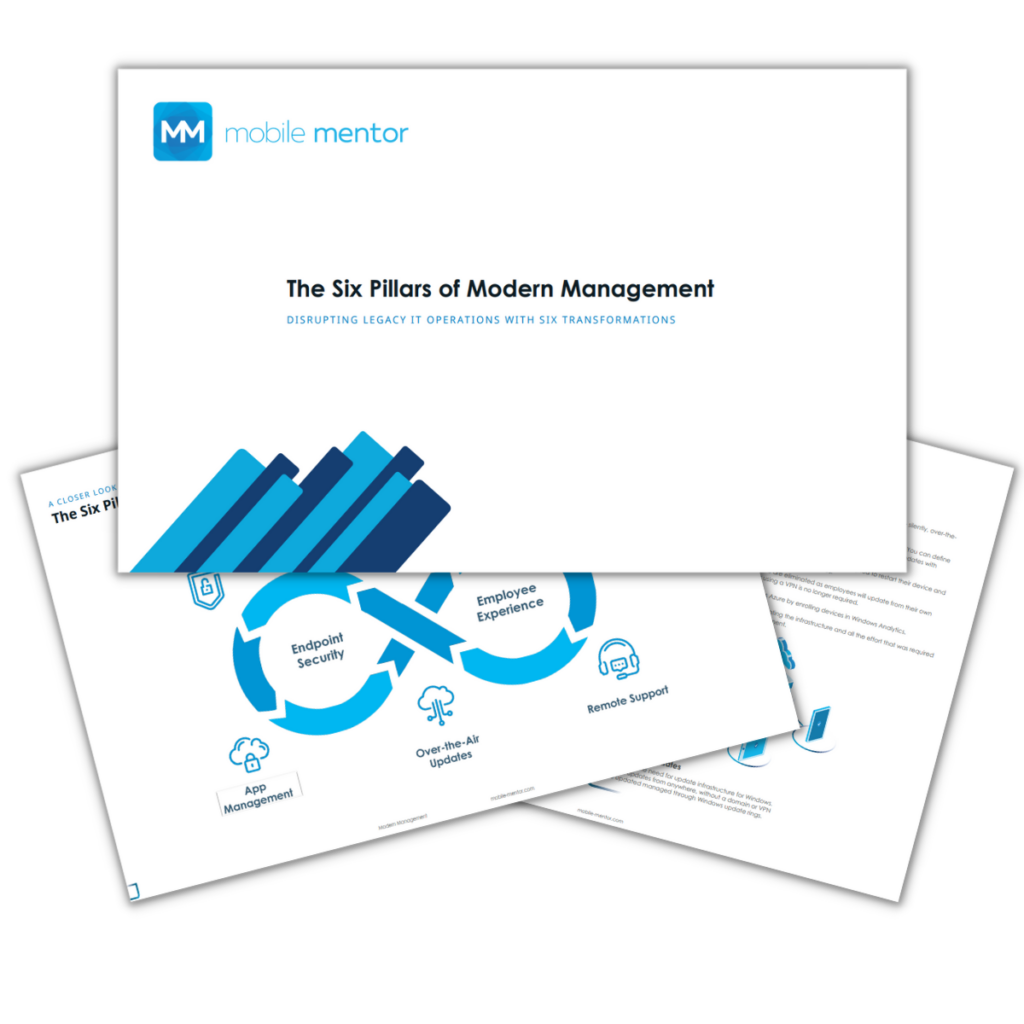
Ensuring device compliance is a cornerstone for maintaining a secure and efficient environment. By following best practices for device compliance policies, administrators have the ability to enable a baseline of success for an entire business’ security.
Baseline Compliance:
Do not underestimate the importance of planning and common sense when it comes to device compliance. Establishing a baseline compliance for the entire business, regardless of individual roles, is a crucial first step. This baseline could encompass standard business practices or requirements, such as the necessity for security software like Windows Defender or CrowdStrike on all devices.
Setting Standard Security Configurations
Implementing a baseline compliance policy means ensuring that everyone adheres to standard security configurations. For instance, having a policy that mandates at least BitLocker for device encryption. This not only enhances the overall security posture but also simplifies troubleshooting and maintenance.
Conditional Access Integration
The relationship between compliance policies and conditional access is quite important. If a device does not meet the baseline security standards set by the compliance policy, it could be restricted from accessing certain resources. This integrated approach ensures that only compliant devices gain access to the business’s network and sensitive data.
Avoiding Overloaded Policies
As an internal best practice teams should adopt is to break down compliance policies into individual components rather than lumping everything into one. While the specifics of this internal intellectual property are undisclosed, the essence lies in avoiding overloaded policies, which can lead to confusion and hinder troubleshooting efforts.
Troubleshooting Efficiency
The importance of breaking down policies becomes evident when troubleshooting issues. Individual policies allow for more straightforward identification of problems and targeted resolution. This approach enhances troubleshooting efficiency and contributes to a better understanding of the compliance landscape.
Tailoring Policies to Unique Needs
Understanding compliance requirements beyond the baseline is equally crucial. Tailoring policies to cover specific needs or compliance requirements ensures a comprehensive approach. While certain internal intellectual property specifics are not shared, the concept of creating policies that address unique compliance needs is emphasized.
Conclusion
Device compliance policies are a linchpin in maintaining a secure IT environment. By establishing a baseline for the entire business, setting standard security configurations, integrating with conditional access, and adopting a nuanced approach to policy creation, businesses can fortify their defenses.
The key takeaway is to approach device compliance with a strategic mindset, focusing on simplicity, efficiency, and adaptability to meet evolving security challenges.
Download the Six Pillars of Modern Endpoint Management
Deep Dive Concepts such as:
- Zero Trust
- Passwordless Authentication
- Zero Touch Provisioning
- App Management
- Over-The-Air Updates
- Remote Support


Terrence Brown
Terrence is our Modern Work and Security Manager in the US and works with clients in the Microsoft O365 space helping to design and develop Endpoint Management solutions. Terrence is a Marine Corps veteran and graduate of Kaplan University. Prior to joining Mobile Mentor, Terrence spent over 5 years working for a Microsoft top 10 Consulting partner in the SCCM and O365 technology space where he implemented and designed solutions for different clients both large and small.



